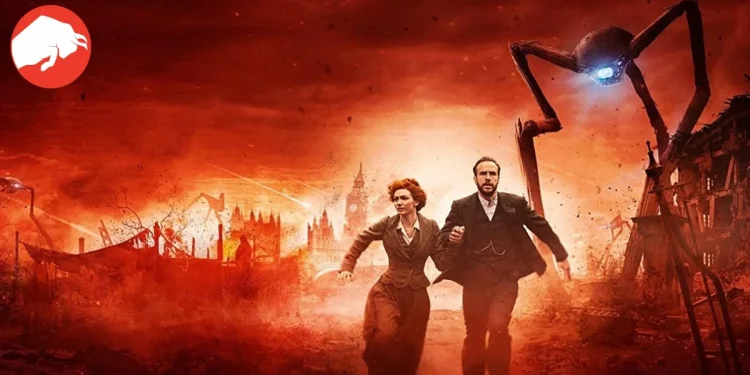Spielberg’s Visionary Take on H.G. Wells’ Classic Tale
Steven Spielberg’s adaptation of H.G. Wells’ “War of the Worlds” stands as a testament to the director’s prowess in storytelling and cinematic innovation. Released two decades ago, the film remains a powerful example of summer blockbusters, intertwining intense sci-fi action with a poignant family drama. Tom Cruise delivers a memorable performance as the protective father, Ray, alongside a young Dakota Fanning, who offers a career-defining role. Despite its supposedly anticlimactic ending, the film is a sturdy example of Spielberg’s genius in the sci-fi genre, making “War of the Worlds” one of his most underrated movies.
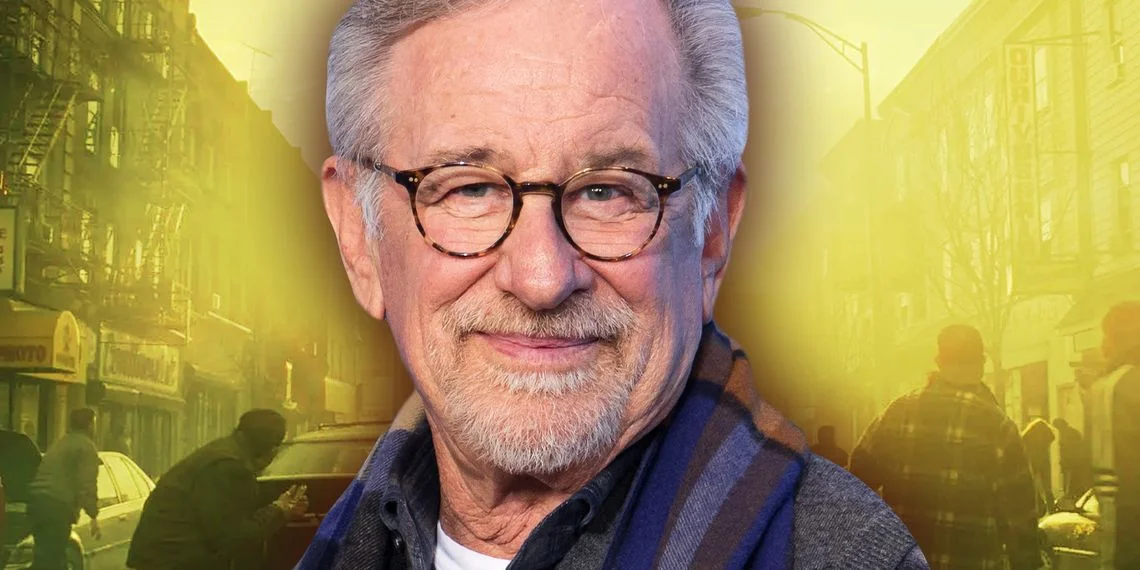
Blurring the Line Between the Fantastical and the Ordinary
The best sci-fi films are those that effectively blend the extraordinary with the mundane, grounding their fantastic elements in relatable human experiences and fears. “War of the Worlds” excels in this regard, embedding the threat of an alien invasion within the inherent battle between good and evil that rages within humanity. The film’s narrative revolves around Ray and his children, Robbie (Justin Chatwin) and Rachel (Fanning), showcasing the family’s struggle amidst the chaos of the invasion and society’s rapid disintegration.
“Everything that happens in Spielberg’s movie revolves around the three main characters: Ray, his son Robbie, and his daughter Rachel.”

The Strength of Mass Hysteria in Visual Storytelling
Unlike many apocalyptic films and TV shows that merely hint at the initial destruction, “War of the Worlds” immerses viewers in the unfolding mass hysteria. The film meticulously details the progression of chaos, showcasing humanity’s descent into desperation and savagery. This focus on the collapse of society is a testament to the strength of the film’s source material and Spielberg’s talent for adapting such a narrative to the visual medium.
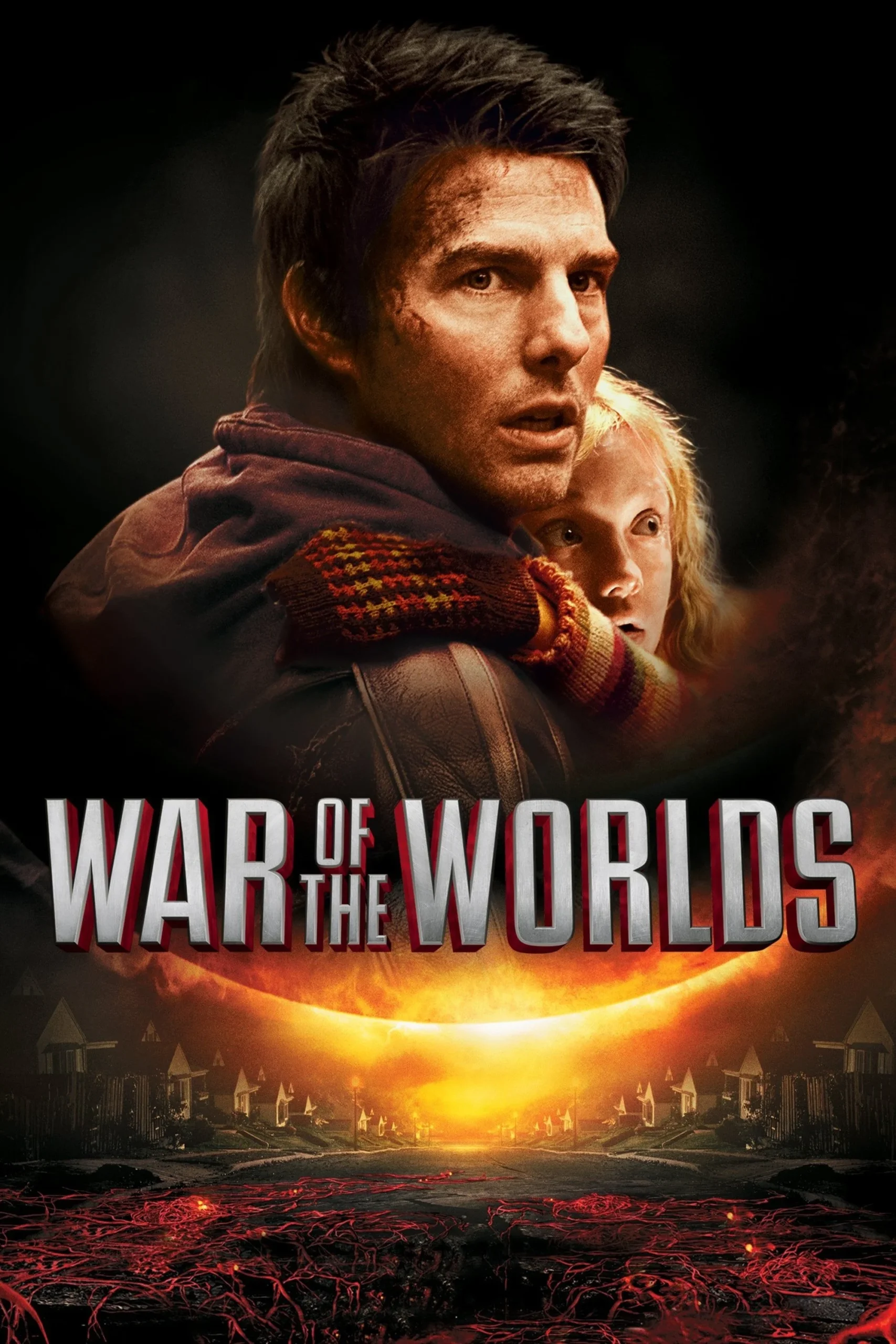
The Role of Fatherhood in a Collapsing World
“War of the Worlds” explores the complex dynamics of a father struggling to protect his children amidst global calamity. Ray’s character encapsulates the every-man-for-himself mentality prevalent in such dire circumstances, yet his role as a father adds a deeper layer of tension and drama. The film delves into the nuances of parental responsibility, trust, and the challenges of maintaining a sense of safety and normalcy for one’s family.
“War of the Worlds explores the father/daughter relationship between Ray and Rachel in earnest, remaining faithful to the character of Ray as he doesn’t miraculously become a good father.”
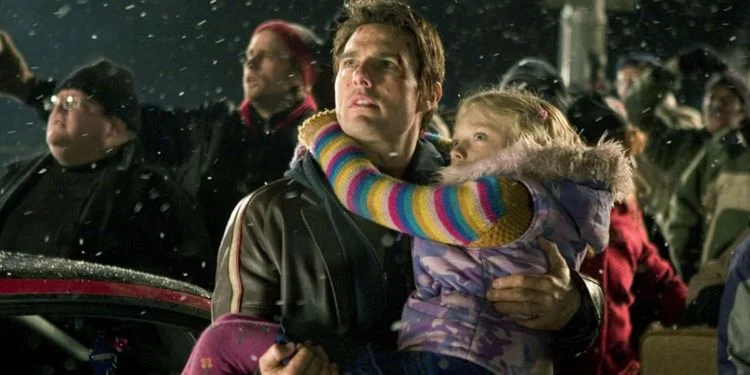
A Visual Feast of Tension and Terror
Spielberg’s “War of the Worlds” is not only a narrative triumph but also a visual spectacle. The film’s depiction of the alien invasion, from the emergence of massive tripod machines to the eerie landscape transformations, is both terrifying and mesmerizing. Spielberg’s ability to create tension is unparalleled, with scenes like the tripod’s basement probe evoking the same heart-pounding suspense as the iconic raptors in the kitchen scene from “Jurassic Park.”
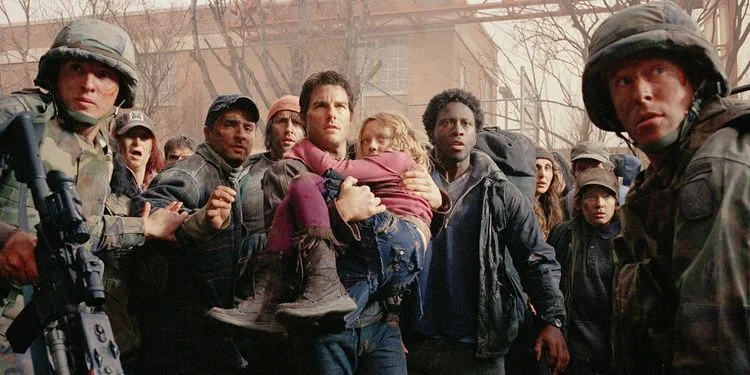
The Purposeful Imagery and the Anticlimactic End
The film’s use of color and imagery is purposeful and profound. The transition from a world enveloped in blinding whiteness to one shrouded in darkness mirrors the narrative’s shift from hope to despair. The controversial ending, often deemed anticlimactic, is set against a backdrop of returning light and color, symbolizing the rekindling of hope. Spielberg’s intentional setup throughout the film lays the groundwork for an ending that, while sudden to some, is rich with thematic consistency and irony.

In conclusion, “War of the Worlds” is a remarkable entry in Spielberg’s illustrious career, offering a masterful blend of sci-fi spectacle and human drama. Its portrayal of an alien invasion as a backdrop for exploring the depths of human fear, resilience, and the bonds of family makes it a compelling and enduring piece of cinema. As audiences continue to revisit this underrated gem, its layers of complexity and visual storytelling prowess are sure to be appreciated anew. Whether streaming on Paramount+ or Hulu, “War of the Worlds” remains a must-watch for fans of Spielberg, sci-fi, and cinema at large.


